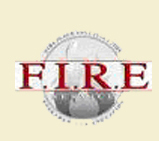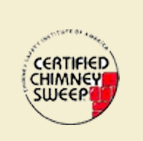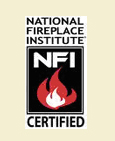| info@brooks-hearth.com |
|
|
Level II Inspection
A Level II inspection is more detailed and thorough than a Level I inspection and is the recommended inspection when conditions of use for the appliance or venting system are changing, or when a Level I inspection reveals the need for a more detailed inspection. Several instances where a Level II inspection is specifically recommended include: Replacement of an appliance with one of dissimilar type, input rating or efficiency. Prior to a flue relining. Upon sale or transfer of the property. After an event likely to have caused damage to the chimney, such as a chimney fire or other sudden occurrence event. A Level II inspection includes all of the requirements of a Level I inspection as well as the following: Inspection of accessible areas of attics, basements, and crawlspaces Accessible areas of the chimney exterior and interior Accessible portions of the appliance and chimney connection Video scanning, or other thorough inspection, of the flue interior Evaluation of the flue lining to determine that its material and sizing is appropriate for the appliances being served Proper clearance to combustibles in the accessible areas listed above Proper construction and condition of the chimney system in the accessible areas listed above While the Level II inspection is a rather thorough inspection and requires access to many areas of the building, it does not require removal of permanent parts of the building, such as siding, chase covers or wall coverings.
Level III Inspection
A Level III inspection is the most detailed of all of the inspection types and includes inspection of concealed areas of the building. However, examination of concealed areas will be limited to areas reasonably suspected of containing hazards that cannot be evaluated otherwise. A Level III inspection includes all areas covered in a Level I and Level II inspection, and inspection of concealed areas to investigate known or suspected problems. In as much as certain portions of a Level III inspection require destructive action to the building, the inspector will discuss these areas with the building owner prior to the inspection.
Frequency of Inspection
NFPA recommends that all chimneys, fireplaces and vents be inspected annually. In addition to this requirement, there are other times when chimney and venting systems should be inspected, such as: After any unusual, or sudden occurrence event, such as a chimney fire, lightning strike, or earthquake. Prior to purchasing a home with an existing chimney. Whenever changes are made to a chimney or vent system, including replacement of connected appliances. Prior to major system repairs. Video Scanning: A video scan is where we use a camera system which is lowered into the chimney (or pushed up from the bottom). The camera allows us to inspect the chimney from a range of just a few inches instead of just looking from the top or bottom. The camera image is viewed on a TV monitor by the inspector. Video inspections may be recommended if the customer or sweep suspect certain problems. Video inspections are often recommended after a chimney fire or some other form of damage to a chimney, and are a routine part of a Level II or Level III inspection. Summary: You should be aware that even the most thorough inspection will not reveal all problems. Some areas of a chimney simply are not assessable due to construction of the house. Be sure to discuss any specific concerns with your service technician. The recommended inspection technique will often be based on your comments and concerns. Our technicians are trained to perform the appropriate level of inspection based upon the use of the chimney and any performance problems or safety concerns using the NFPA 211 as our standard. Brooks Chimney Sweeping has an inspector certified by FIRE, CSIA and NFI. |
|
|






